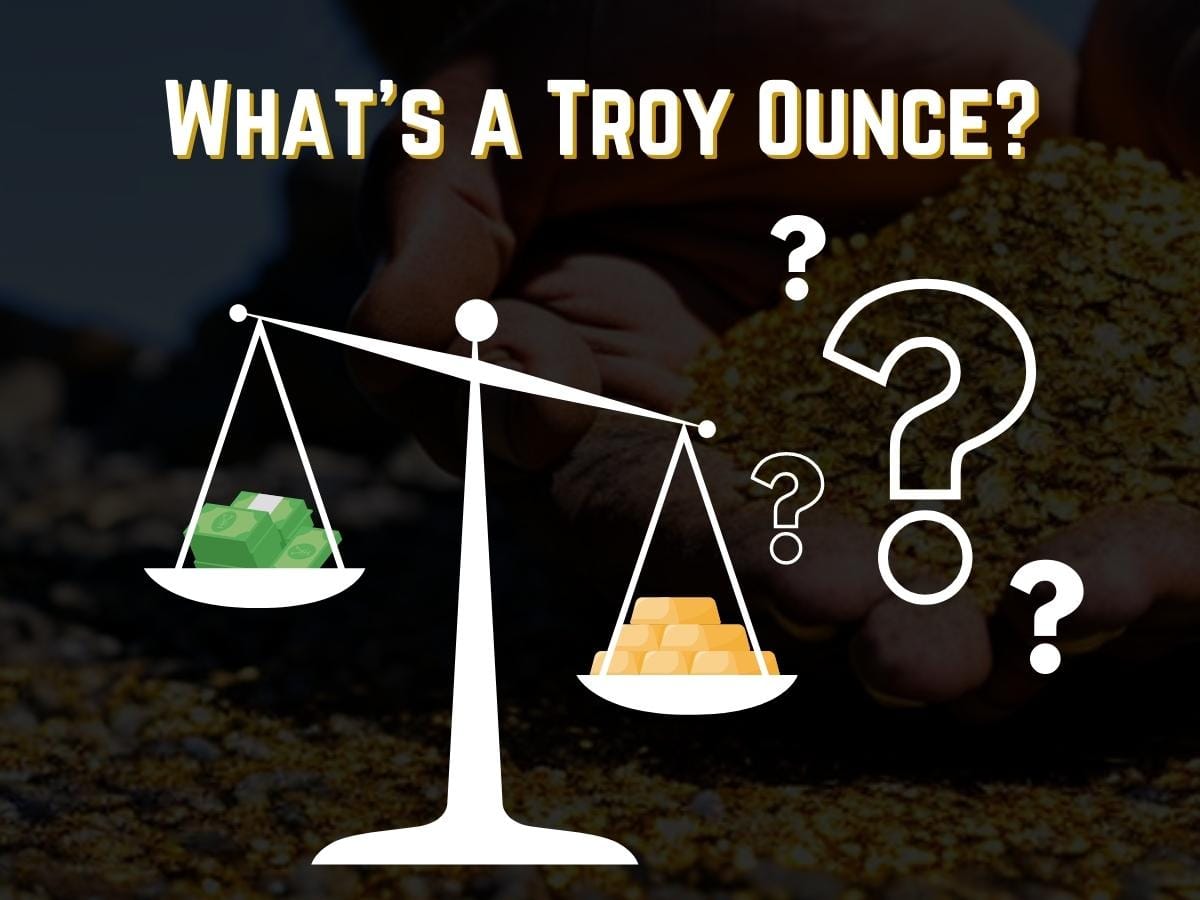Unlocking Precious Metal Measurements: From Kilos to Troy Ounces
Have you ever wondered how the weight of gold bars or that delicate silver necklace is measured? It all comes down to troy ounces, the universal language for weighing precious metals. This comprehensive guide explores the intricacies of troy ounces and how they relate to the more familiar kilogram. Whether you’re a seasoned investor, a jewelry enthusiast, or simply curious about measurement systems, this guide will equip you with the knowledge to navigate the world of precious metals with confidence.
Why Troy Ounces Matter for Precious Metals
When it comes to precious metals like gold, silver, and platinum, the troy ounce reigns supreme. This unique unit of measurement, often abbreviated as oz t, has a rich history dating back to medieval times. But why use a separate system for precious metals?
The origins of the troy ounce can be traced back to the bustling trade fairs of Troyes, France, during the Middle Ages. As a central hub for merchants and traders, Troyes needed a standardized system to ensure fair transactions involving precious metals. The troy system, including the troy ounce, emerged as the solution, providing a consistent and reliable way to measure and value these valuable commodities.
Today, the troy ounce remains the gold standard (pun intended!) for precious metal trading and jewelry making worldwide. It ensures a common language for buyers and sellers, preventing confusion and promoting transparency in the global market.
Cracking the Conversion Code: Kilograms to Troy Ounces
While we encounter kilograms in our everyday lives, troy ounces remain crucial when dealing with precious metals. Converting between these units is essential for accurately assessing the value of your assets.
The magic number to remember is 32.150746568628. Simply multiply your weight in kilograms by this constant to determine the equivalent weight in troy ounces. For example, 2 kilograms of silver equals 64.301493137256 troy ounces (2 x 32.150746568628).
Here’s a handy table with common conversions for quick reference:
| Kilograms | Troy Ounces |
|---|---|
| 0.1 | 3.2150746568628 |
| 0.5 | 16.075373284314 |
| 1 | 32.150746568628 |
| 5 | 160.75373284314 |
| 10 | 321.50746568628 |
Decoding the Practical Applications
Understanding the conversion between kilos and troy ounces is paramount in various real-world scenarios:
1. Precious Metal Trading
Accurate conversions are essential for investors and traders in the precious metals market. Whether you’re buying gold bars, silver coins, or platinum bullion, knowing the precise weight in troy ounces ensures you’re paying a fair price and receiving the correct amount.
2. Jewelry Making
Jewelers rely on troy ounces to determine the exact amount of precious metal required for their creations. From delicate chains to intricate rings, each piece’s value depends on the weight of the gold, silver, or platinum used.
Addressing Common Misconceptions: Troy Ounces vs. Standard Ounces
It’s crucial to distinguish between troy ounces (oz t) and standard ounces (oz), also known as avoirdupois ounces. While both units measure weight, they differ in value, potentially leading to confusion and miscalculations.
- Standard Ounce (oz): Weighs 28.35 grams and is commonly used for everyday items.
- Troy Ounce (oz t): Weighs 31.1034768 grams and is exclusively used for precious metals.
Remember, a troy ounce is heavier than a standard ounce. Confusing the two can result in significant discrepancies, especially when dealing with high-value transactions.
Which is heavier, 1 oz or 1 troy ounce?
While the terms “ounce” and “troy ounce” might seem interchangeable, they represent distinct units of weight. This difference is crucial, especially when dealing with precious metals.
To put it simply, 1 troy ounce is heavier than 1 standard ounce. Here’s why:
- 1 standard ounce equals 28.35 grams.
- 1 troy ounce equals 31.1 grams.
This difference means a troy ounce is approximately 9.7% heavier than a standard ounce. Imagine two identical-looking bags of sugar, one labeled “ounce” and the other “troy ounce.” The troy ounce bag would be noticeably heavier.
Why the Weight Difference Matters
The distinction between these two ounces is paramount in the world of precious metals. Gold, silver, and platinum prices are typically quoted in troy ounces. If you were to mistakenly assume a standard ounce when the price refers to a troy ounce, you could end up paying significantly more than the actual value.
How many troy ounces are in 1 troy kilo?
When dealing with larger quantities of precious metals, you might encounter the term troy kilo. This unit represents 1 kilogram of weight measured using the troy system specifically for precious metals. Understanding the conversion between troy kilos and troy ounces is crucial for accurate valuation and transactions.
Here’s the key:
1 troy kilo equals 32.1507 troy ounces.
This conversion factor allows you to seamlessly switch between these units. For instance, if you have 2 troy kilos of silver, you can readily calculate the equivalent weight in troy ounces (2 troy kilos x 32.1507 troy ounces/troy kilo = 64.3014 troy ounces).
Why This Conversion is Important
Knowing how many troy ounces are in a troy kilo is particularly important for:
- Investors: Accurately assessing the value of large precious metal holdings.
- Dealers: Pricing and trading precious metals in bulk quantities.
- Refineries: Processing and refining large amounts of precious metals.
How many troy grams are in a kilo?
While we often encounter kilograms and troy ounces when discussing precious metals, it’s equally essential to understand the relationship between grams and troy ounces. This conversion comes in handy for various applications, from measuring small amounts of precious metals used in jewelry to calculating the value of bullion.
Here’s the key conversion factor:
1 kilogram equals approximately 32.15 troy ounces.
Therefore, to determine the number of troy grams in a kilo, we can use the following steps:
- Convert kilograms to grams: 1 kilogram = 1000 grams
- Convert grams to troy ounces: 1000 grams / 31.1035 grams/troy ounce ≈ 32.15 troy ounces
So, there are approximately 32,150 troy grams in a kilo.
Conclusion
Navigating the world of precious metals requires a clear understanding of the units of measurement involved. The troy ounce, with its rich history and continued relevance, remains the cornerstone of precious metal trading and valuation. By grasping the conversion between kilos and troy ounces, you can confidently participate in the market, make informed investment decisions, and appreciate the value of these treasured assets.
- Unlocking Francis Alexander Shields’ Finance Empire: A Comprehensive Biography - July 12, 2025
- Unveiling Francis Alexander Shields: A Business Legacy - July 12, 2025
- Francis Alexander Shields’ Business Career: A Comprehensive Overview - July 12, 2025















